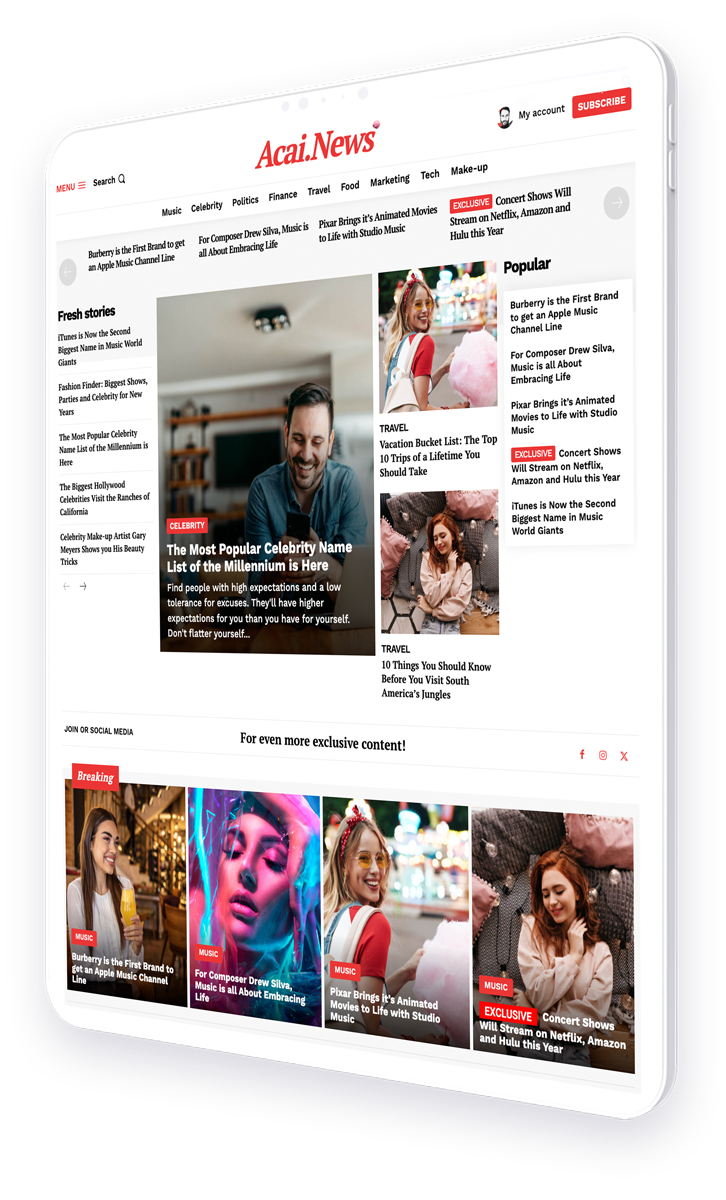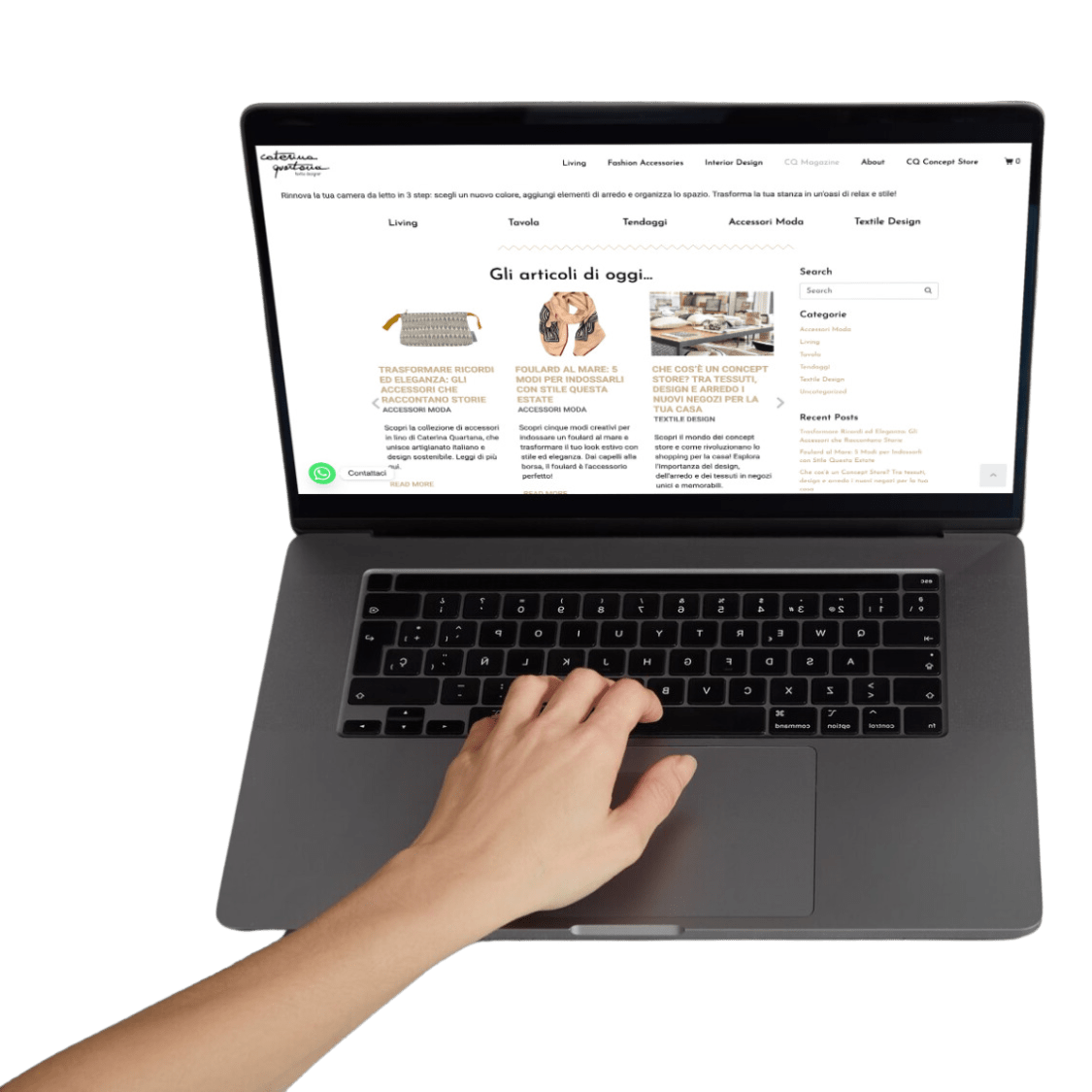An in-depth exploration into how Core Web Vitals impact the search engine visibility of online magazines, with practical insights and actionable strategies for improvement
In the digital age, the performance of a website can significantly influence its success. This is particularly true for online magazines, where engagement and readability directly impact revenue and readership. Google’s introduction of Core Web Vitals (CWV) as ranking factors has made website performance an SEO priority. This article delves into how these metrics affect the search visibility of online magazines and offers insights on optimizing them.
- Understanding Core Web Vitals
- Importance for Magazines
- Case Studies
- Strategies to Improve Core Web Vitals
- Conclusion
Understanding Core Web Vitals
Core Web Vitals are a set of specific factors that Google considers important in a webpage’s overall user experience. They are part of Google’s “Page Experience” signals used to measure the health of a website in terms of loading performance, interactivity, and visual stability. The three main pillars of CWV include:
- Largest Contentful Paint (LCP): Measures loading performance. To provide a good user experience, LCP should occur within 2.5 seconds of when the page first starts loading.
- First Input Delay (FID): Measures interactivity. Pages should have an FID of less than 100 milliseconds.
- Cumulative Layout Shift (CLS): Measures visual stability. Pages should maintain a CLS of less than 0.1.
Importance for Magazines
For online magazines, where content is the king and user engagement is the queen, the importance of Core Web Vitals cannot be overstated. A poor score in any of the CWV metrics can lead to decreased user satisfaction, which in turn affects bounce rates and ad revenues. Moreover, since these metrics are now a part of Google’s ranking factors, they directly influence a magazine’s visibility in search results.
Case Studies
Several online publications have seen significant impacts on their traffic and user engagement from improving their Core Web Vitals. For instance, a leading tech magazine reported a 10% increase in reader engagement after optimizing their images and reducing LCP times. Another popular lifestyle magazine saw a 15% decrease in bounce rates by improving FID through more efficient JavaScript loading.
Strategies to Improve Core Web Vitals
Improving Core Web Vitals requires a focused approach tailored to the specific needs of an online magazine. Here are some strategies that can help:
- Optimize Images: Use modern image formats like WebP and ensure images are compressed and correctly sized.
- Minimize JavaScript: Remove unnecessary JavaScript and defer non-critical JS until after the main content has loaded to improve FID.
- Use a Content Delivery Network (CDN): A CDN can help reduce load times by storing copies of your content closer to your readers.
- Implement Lazy Loading: Lazy loading defers the loading of non-critical resources at page load time, instead loading these assets as the user scrolls down the page.
Conclusion
Core Web Vitals are more than just metrics; they are essential indicators of a website’s health and user-friendliness. For online magazines, where competition is fierce, and user retention is crucial, paying attention to these vitals can significantly enhance search visibility and reader engagement. By understanding and improving Core Web Vitals, magazines can ensure they not only rank better in search engines but also provide a superior user experience.
For more detailed information on Core Web Vitals, visit the official Web Vitals website.




